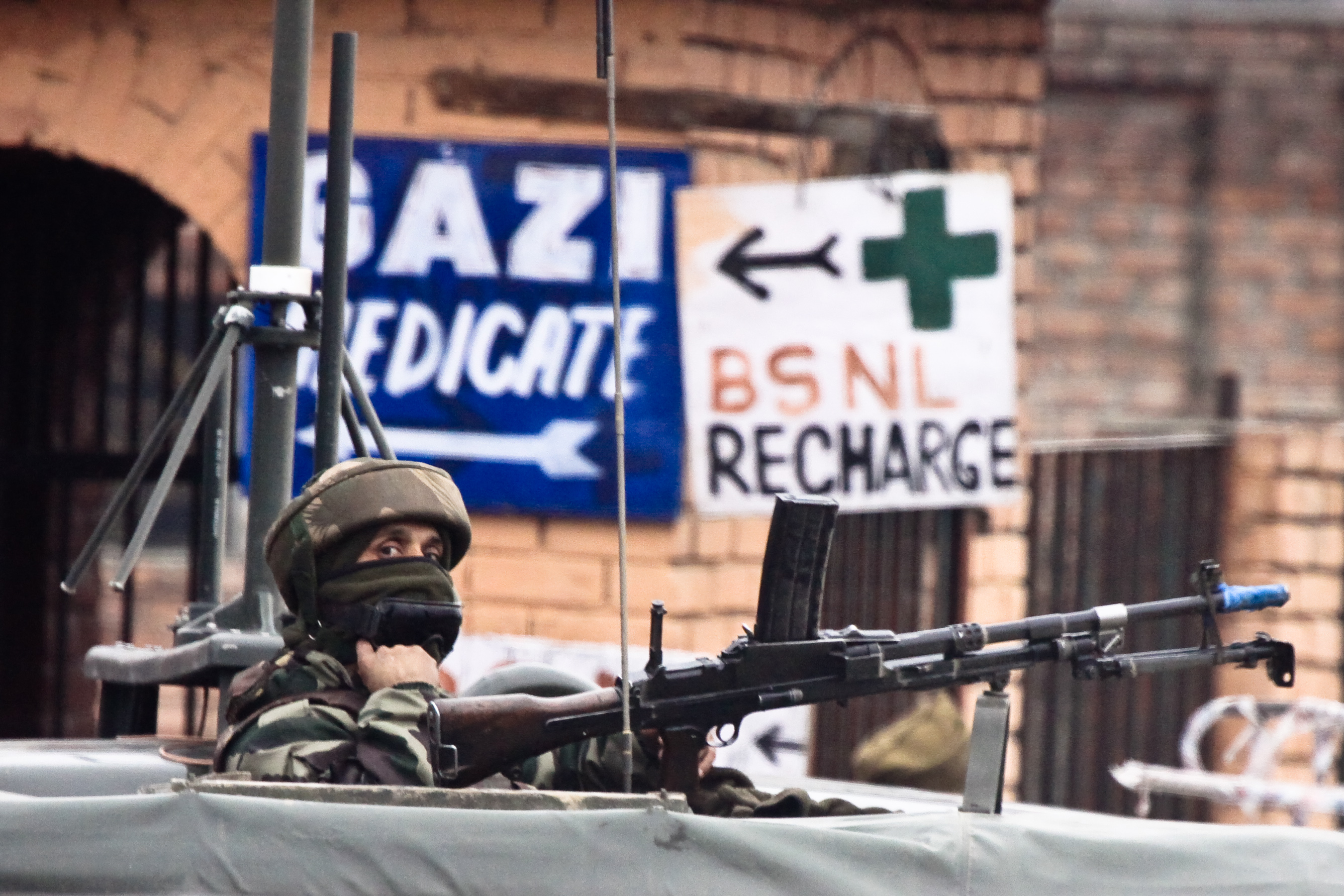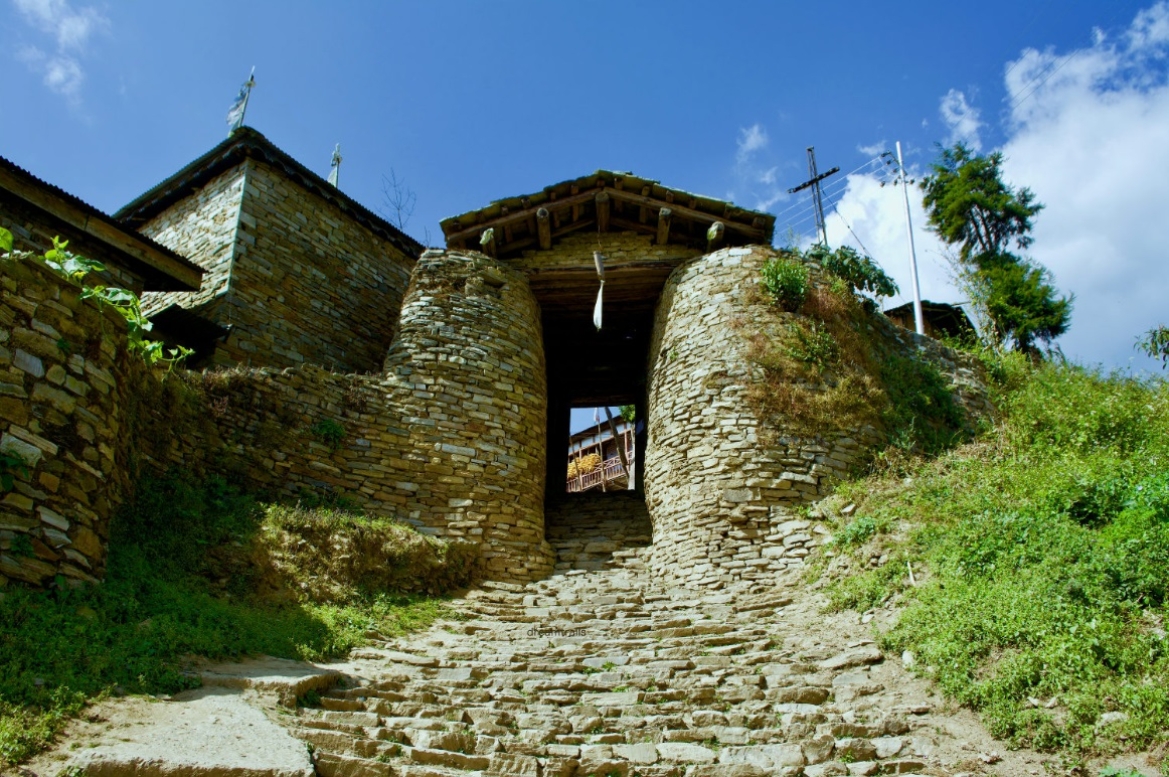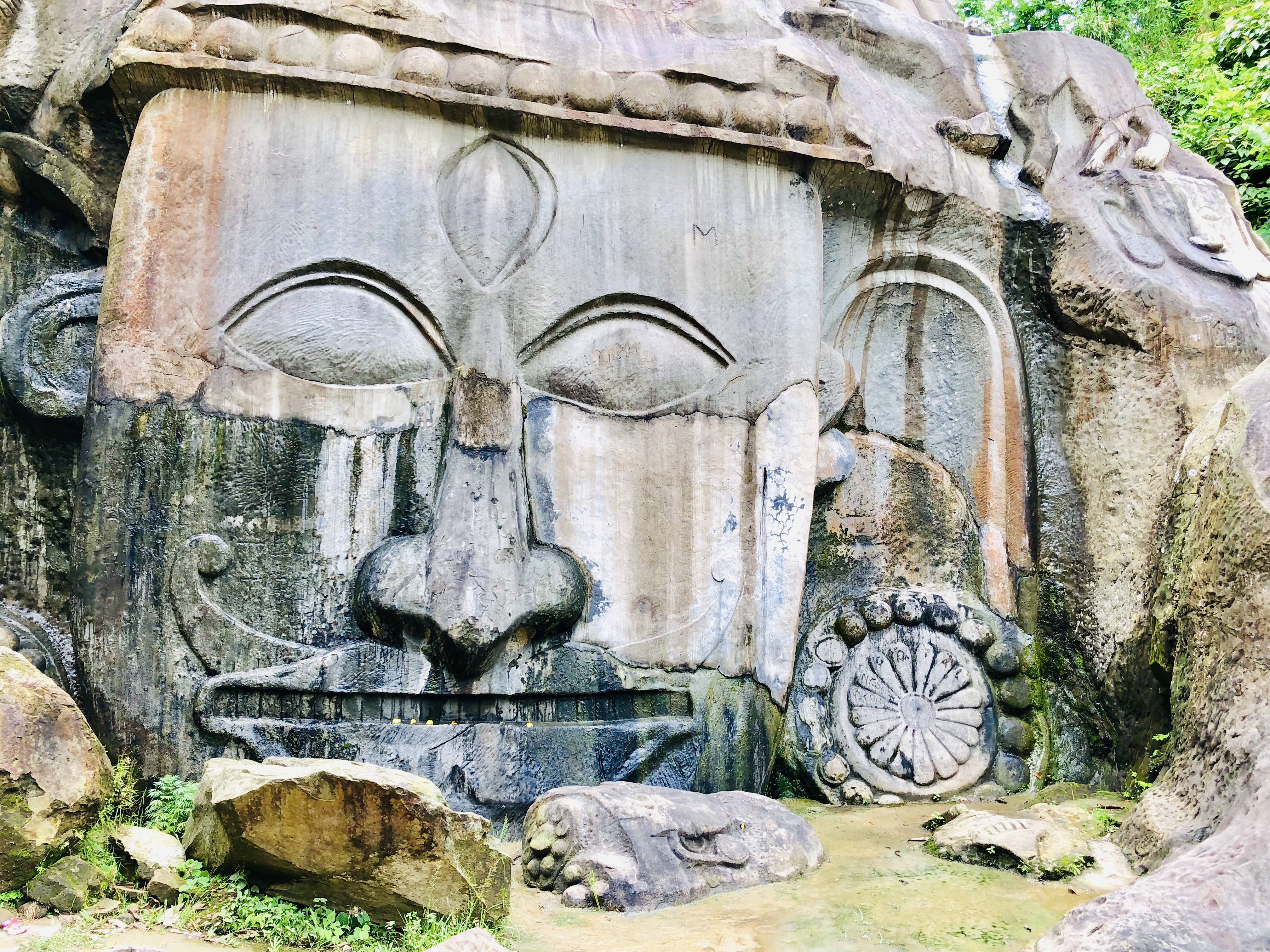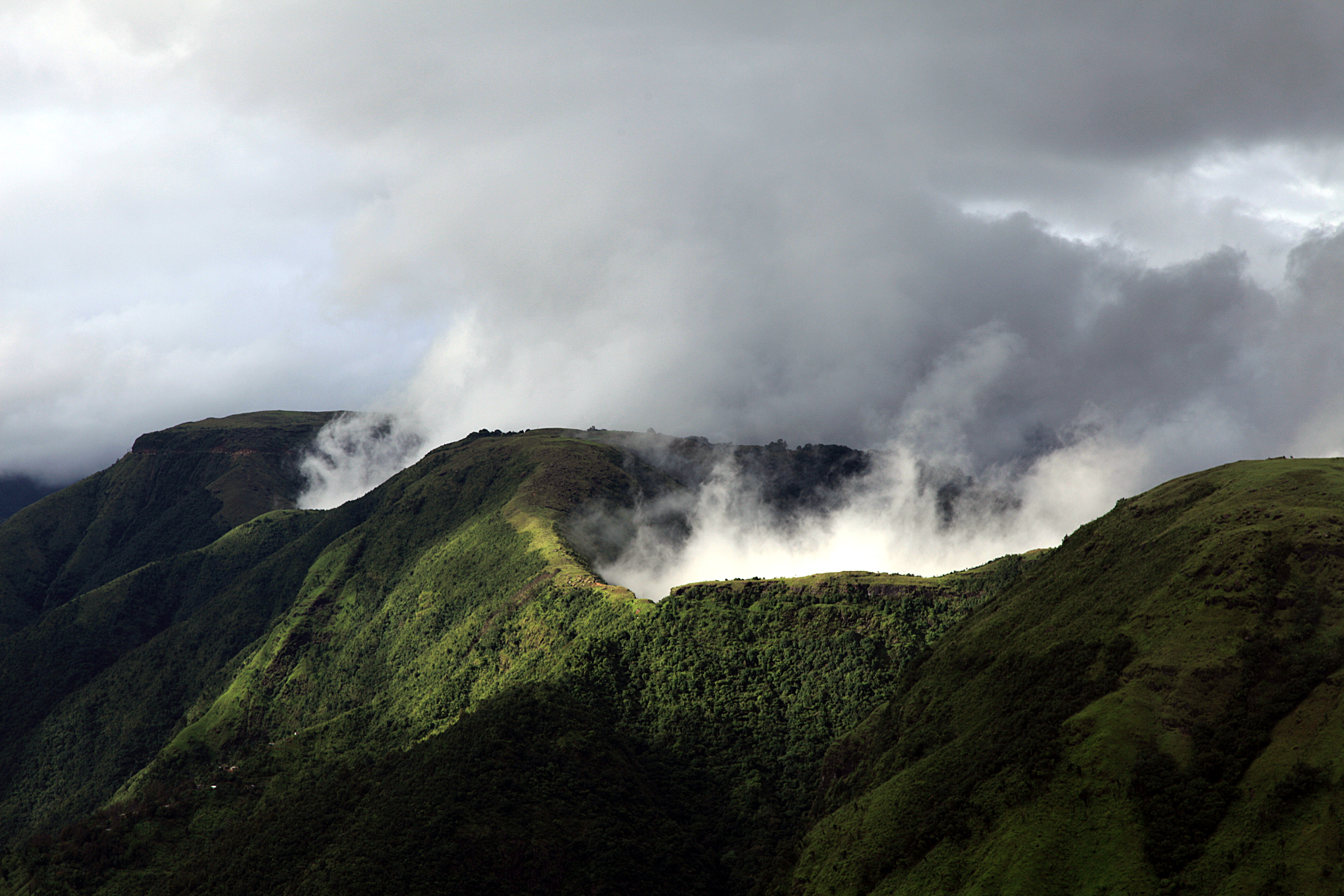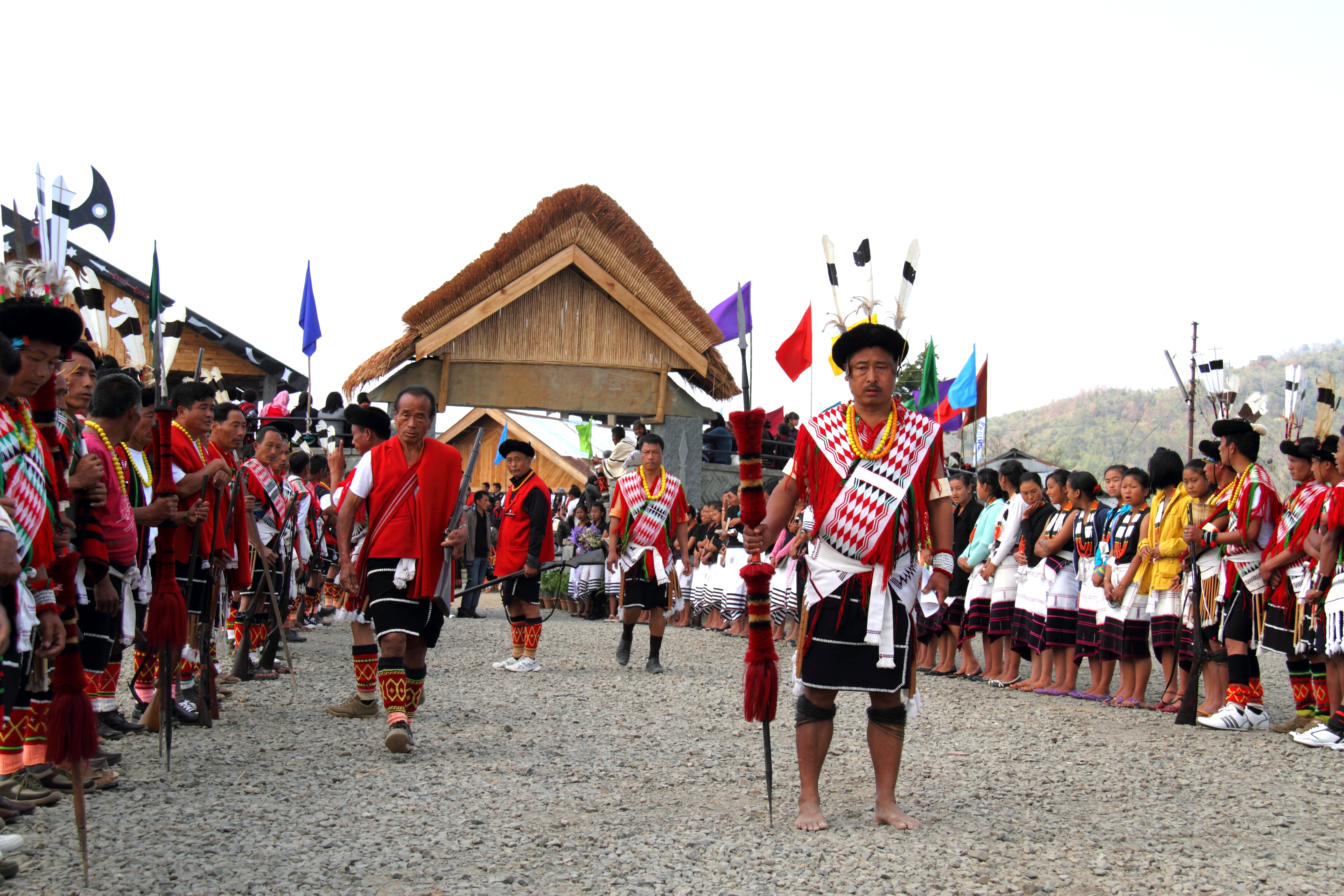|
Armed Forces Special Powers Act
Armed Forces (Special Powers) Act (AFSPA), 1958 is an act of the Parliament of India that grants special powers to the Indian Armed Forces to maintain public order in "disturbed areas". According to the Disturbed Areas (Special Courts) Act, 1976 once declared 'disturbed', the area has to maintain status quo for a minimum of 3 months. One such act passed on 11 September 1958 was applicable to the Naga Hills, then part of Assam. In the following decades it spread, one by one, to the other Seven Sister States in India's northeast (at present, it is in force in the States of Assam, Nagaland, Manipur , Changlang, Longding district, Longding and Tirap district, Tirap districts of Arunachal Pradesh, and areas falling within the jurisdiction of the eight police stations of districts in Arunachal Pradesh bordering the State of Assam). Another one passed in 1983 and applicable to Punjab, India, Punjab and Chandigarh was withdrawn in 1997, roughly 14 years after it came to force. An act pa ... [...More Info...] [...Related Items...] OR: [Wikipedia] [Google] [Baidu] |
Parliament Of India
The Parliament of India (ISO 15919, ISO: ) is the supreme legislative body of the Government of India, Government of the Republic of India. It is a bicameralism, bicameral legislature composed of the Rajya Sabha (Council of States) and the Lok Sabha (House of the People). The president of India, President of the Republic of India, in their role as head of the legislature, has full powers to summon and prorogue either house of Parliament or to dissolve the Lok Sabha, but they can exercise these powers only upon the advice of the prime minister of India, Prime Minister of the Republic of India and the Union Council of Ministers. Those elected or nominated (by the president) to either house of the Parliament are referred to as member of Parliament (India), members of Parliament (MPs). The member of Parliament, Lok Sabha, members of parliament in the Lok Sabha are direct election, directly elected by the voting of Indian citizens in single-member districts and the member of Parliame ... [...More Info...] [...Related Items...] OR: [Wikipedia] [Google] [Baidu] |
British Raj
The British Raj ( ; from Hindustani language, Hindustani , 'reign', 'rule' or 'government') was the colonial rule of the British The Crown, Crown on the Indian subcontinent, * * lasting from 1858 to 1947. * * It is also called Crown rule in India, * * * * or direct rule in India. * Quote: "Mill, who was himself employed by the British East India company from the age of seventeen until the British government assumed direct rule over India in 1858." * * The region under British control was commonly called India in contemporaneous usage and included areas directly administered by the United Kingdom of Great Britain and Ireland, United Kingdom, which were collectively called ''Presidencies and provinces of British India, British India'', and areas ruled by indigenous rulers, but under British British paramountcy, paramountcy, called the princely states. The region was sometimes called the Indian Empire, though not officially. As ''India'', it was a founding member of th ... [...More Info...] [...Related Items...] OR: [Wikipedia] [Google] [Baidu] |
Central Reserve Police Force
The Central Reserve Police Force (CRPF) is a central armed police force in India under the Ministry of Home Affairs. The CRPF assists states and Union Territories in maintaining law and order and internal security. It is composed of the Central Reserve Police Force ( Regular) and Central Reserve Police Force (Auxiliary). It was established on 27 July 1939 as Crown Representative's Police with the objective of providing security to the British Crown Representatives in India. The force was later renamed as the Central Reserve Police Force by an Act of Parliament in 1949. The CRPF played a major role in the Parliamentary elections of September 1999. The Central Reserve Police Force (CRPF) is the largest central armed police force in India, comprising 247 battalions and exceeding a total strength of 301,376 personnel, as of 2019. CRPF officers are also deployed in United Nations missions. History Originally constituted as the Crown Representative Police in 1939, CRP was raised ... [...More Info...] [...Related Items...] OR: [Wikipedia] [Google] [Baidu] |
Border Security Force
The Border Security Force (BSF) is a central armed police force in India under the Ministry of Home Affairs. It is responsible for guarding India’s borders with Pakistan and Bangladesh. It was formed in the wake of the Indo-Pak War of 1965 to ensure the security of India’s borders and for related matters. The BSF has grown from 25 battalions in 1965, to 193 battalions with a sanctioned strength of 270,000 personnel including an expanding air wing, water wing, an artillery regiment and specialised units. It is currently the world's largest border security force. BSF has been termed the ''First Line of Defence'' of Indian territories. History Since India's independence in 1947, the protection of its international boundaries was the responsibility of the local police in each border state, with little inter-state coordination. However, during the Indo-Pakistani War of 1965, Pakistan attacked Sardar Post, Char Bet, and Beria Bet on April 9, 1965, in Kutch. This attack ... [...More Info...] [...Related Items...] OR: [Wikipedia] [Google] [Baidu] |
Mizoram
Mizoram is a states and union territories of India, state in northeastern India, with Aizawl as its Capital city, capital and largest city. It shares 722-kilometres (449 miles) of international borders with Bangladesh to the west, and Myanmar to the east and south, with domestic borders with the Indian states of Assam, Manipur, and Tripura. It covers an area of 21,087 square kilometres (8,139 sq mi). 91% of the area is covered by forests, making it Forest cover by state in India, the most heavily forested state in India. With an estimated population of 1.25 million in 2023, it is the List of states in India by past population, second least populated state in India. With an urbanisation rate of 51.5% it is the Urbanization in India, most urbanised state in northeast India, ranking fifth in urbanisation nationwide. One of the two official languages and most widely spoken tongue is Mizo language, Mizo, which serves as a lingua franca among various ethnic communities who speak a var ... [...More Info...] [...Related Items...] OR: [Wikipedia] [Google] [Baidu] |
Arunachal Pradesh
Arunachal Pradesh (; ) is a States and union territories of India, state in northeast India. It was formed from the North-East Frontier Agency (NEFA) region, and India declared it as a state on 20 February 1987. Itanagar is its capital and largest town. It borders the Indian states of Assam and Nagaland to the south. It shares Borders of India, international borders with Bhutan in the west, Myanmar in the east, and a disputed 1,129 km border with China's Tibet Autonomous Region in the north at the McMahon Line. Arunachal Pradesh is claimed in its entirety by China as South Tibet as part of the Tibet Autonomous Region; China Sino-Indian War, occupied some regions of Arunachal Pradesh in 1962 but later withdrew its forces. As of the 2011 Census of India, Arunachal Pradesh has a population of 1,383,727 and an area of . With only 17 inhabitants per square kilometre, it is the least densely populated state of India. It is an ethnically diverse state, with predominantly Monpa p ... [...More Info...] [...Related Items...] OR: [Wikipedia] [Google] [Baidu] |
Tripura
Tripura () is a States and union territories of India, state in northeastern India. The List of states and union territories of India by area, third-smallest state in the country, it covers ; and the seventh-least populous state with a population of 3.67 million. It is bordered by Assam and Mizoram to the east and by Bangladesh to the north, south and west. Tripura is divided into List of districts of Tripura, 8 districts and 23 sub-divisions, where Agartala is the capital and the largest city in the state. Tripura has 19 different tribal communities with a majority Bengalis, Bengali population. Bengali language, Bengali, Indian English, English and Kokborok are the state's official languages. The area of modern Tripura — ruled for several centuries by the Manikya Dynasty — was part of the Tripuri Kingdom (also known as Hill Tippera). It became a princely state under the British Raj during its tenure, and acceded to independent India in 1947. It merged with India in 1949 an ... [...More Info...] [...Related Items...] OR: [Wikipedia] [Google] [Baidu] |
Meghalaya
Meghalaya (; "the abode of clouds") is a states and union territories of India, state in northeast India. Its capital is Shillong. Meghalaya was formed on 21 January 1972 by carving out two districts from the Assam: the United Khasi Hills and Jaintia Hills and the Garo Hills.History of Meghalaya State Government of India The estimated population of Meghalaya in 2014 was 3,211,474. Meghalaya covers an area of approximately 22,429 square kilometres, with a length-to-breadth ratio of about 3:1.Meghalaya IBEF, India (2013) The state is bound to the south by the Bangladeshi divisions of Mymensingh Division, Mymensingh and Sylhet Division, Sylhet, to the west by the Bangladeshi ... [...More Info...] [...Related Items...] OR: [Wikipedia] [Google] [Baidu] |
Constitution Of India/Part XVIII
A constitution is the aggregate of fundamental principles or established precedents that constitute the legal basis of a polity, organization or other type of entity, and commonly determines how that entity is to be governed. When these principles are written down into a single document or set of legal documents, those documents may be said to embody a ''written constitution''; if they are encompassed in a single comprehensive document, it is said to embody a ''codified constitution''. The Constitution of the United Kingdom is a notable example of an ''uncodified constitution''; it is instead written in numerous fundamental acts of a legislature, court cases, and treaties. Constitutions concern different levels of organizations, from sovereign countries to companies and unincorporated associations. A treaty that establishes an international organization is also its constitution, in that it would define how that organization is constituted. Within states, a constitution define ... [...More Info...] [...Related Items...] OR: [Wikipedia] [Google] [Baidu] |
Rajendra Prasad
Rajendra Prasad (3 December 1884 – 28 February 1963) was an Indian politician, lawyer, journalist and scholar who served as the first president of India from 1950 to 1962. He joined the Indian National Congress during the Indian independence movement and became a major leader from the region of Bihar. A supporter of Mahatma Gandhi, Prasad was imprisoned by British authorities during the Salt Satyagraha of 1930 and the Quit India movement of 1942. After the constituent assembly 1946 elections, Prasad served as 1st Minister of Food and Agriculture in the central government from 1947 to 1948. Upon independence in 1947, Prasad was elected as President of the Constituent Assembly of India, which prepared the Constitution of India and which served as its provisional Parliament. When India became a republic in 1950, Prasad was elected as its first president by the Constituent Assembly. As president, Prasad established a tradition for non-partisanship and independence for th ... [...More Info...] [...Related Items...] OR: [Wikipedia] [Google] [Baidu] |
Assam Rifles
The Assam Rifles (AR) is a paramilitary force of India responsible for border security, counter-insurgency, and maintaining law and order in Northeast India and in Jammu & Kashmir in lines of Rashtriya Rifles. Its primary duty involves guarding the Indo-Myanmar border. The AR is one of the Oldest Central Para-military Forces of India administered by the Ministry of Home Affairs while operational control rests with Indian Army. As a central paramilitary force, its recruitment, perks, promotions, and retirement policies are governed by Assam Rifles Regulations. Approximately 80 percent of the officers are deputed from the Army, while the remaining are drawn from the AR cadre. The AR is commanded by the Director General of the Assam Rifles (DG AR), appointed by the Ministry of Home Affairs. The AR is often nicknamed "Sentinels of the North East" and "Friends of the Hill People". It is the oldest paramilitary force in India, originally raised in 1835 as Cachar Levy, a militia ... [...More Info...] [...Related Items...] OR: [Wikipedia] [Google] [Baidu] |
Naga Hills
The Naga Hills, reaching a height of around , lie prominently on the border of India and Myanmar. They are part of a complex mountain system, and the parts of the mountain ranges inside the States and territories of India, Indian states of Nagaland, Manipur and the Administrative divisions of Burma, Burmese Naga Self-Administered Zone are called the Naga Hills. The highest point of the Naga hills is Mount Saramati (). Etymology The term "Naga" refers to the Naga people, who were called "Naga" or "Naka" in the Burmese language, meaning "people with pierced ears".Shimray, R. R. (1985), ''Origin and Culture of Nagas'', Pamleiphi Shimray, New Delhi, page 41, History In British India, the major part of the hills came under the Naga Hills District, British India, Naga Hills District. A part of the Naga Hills under the British India control was coalesced into a district in 1866. The boundaries of the Naga Hills District were gradually expanded by annexation of the territories of seve ... [...More Info...] [...Related Items...] OR: [Wikipedia] [Google] [Baidu] |
